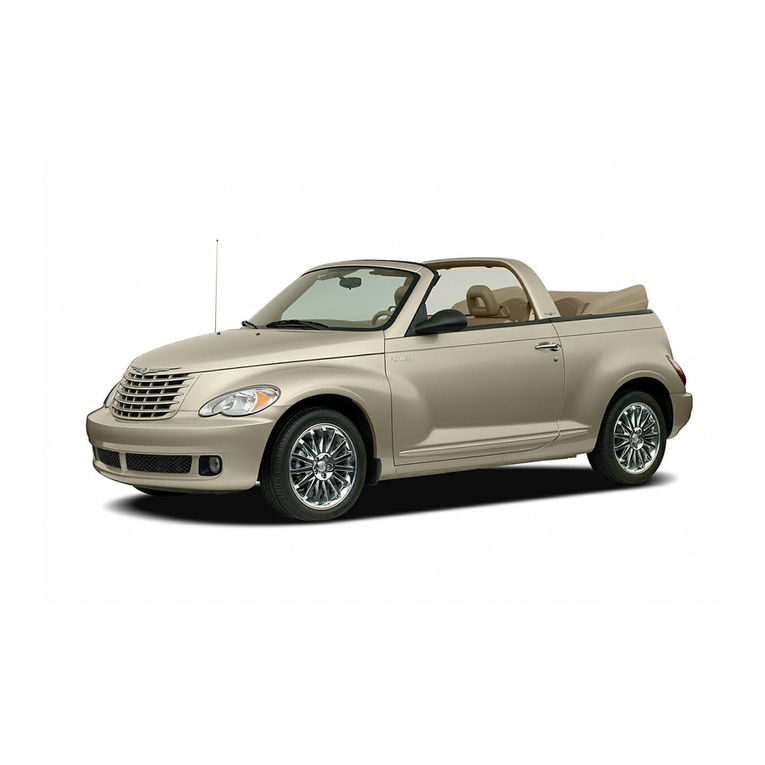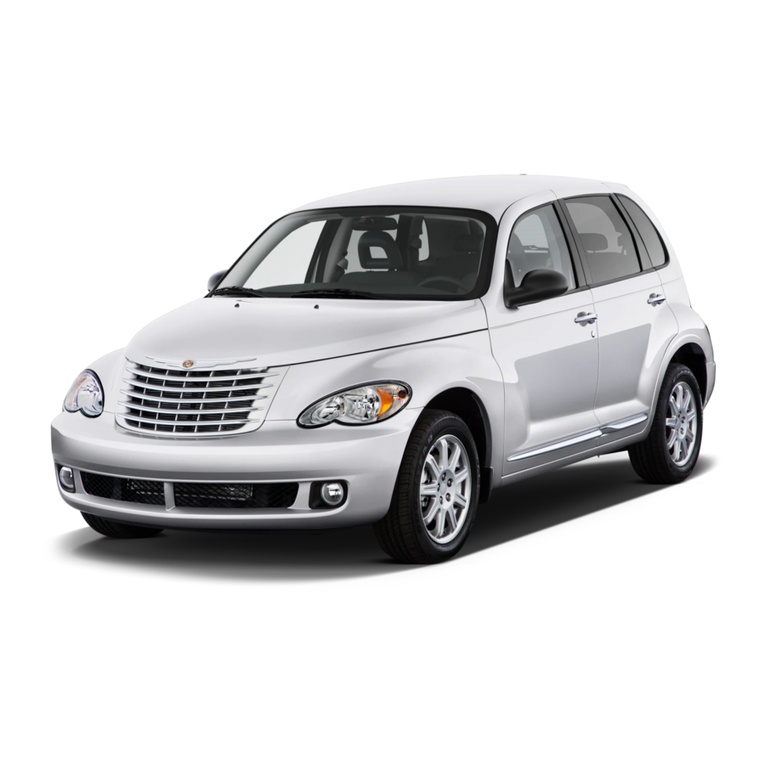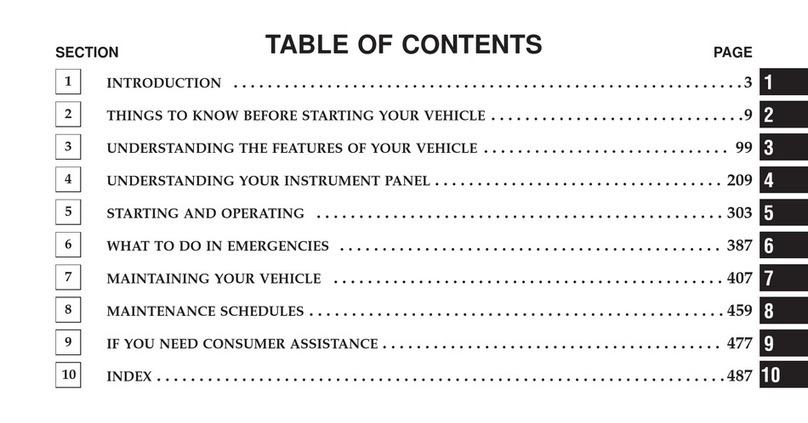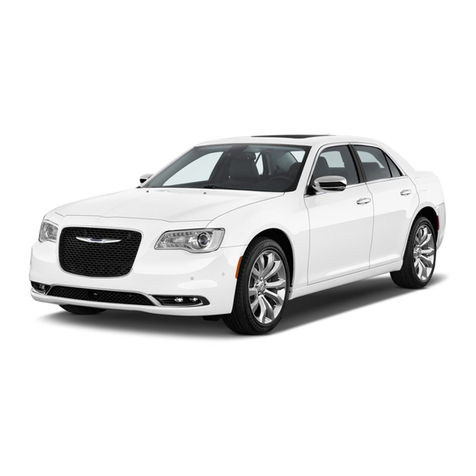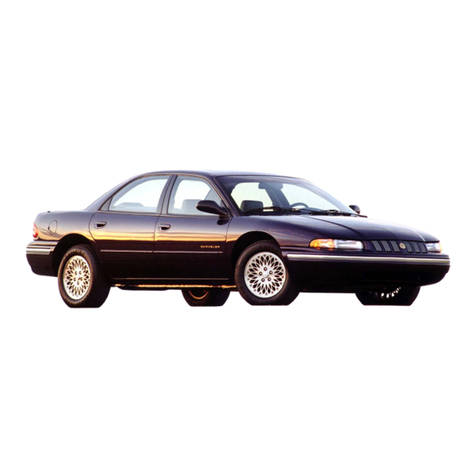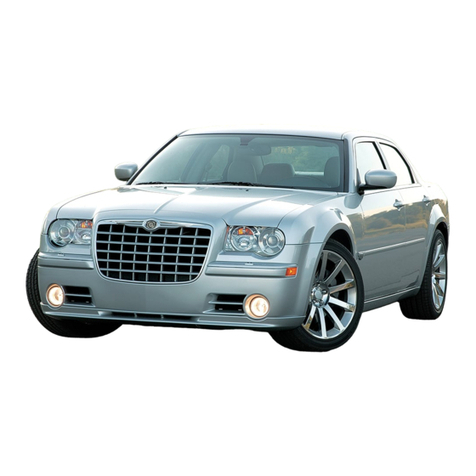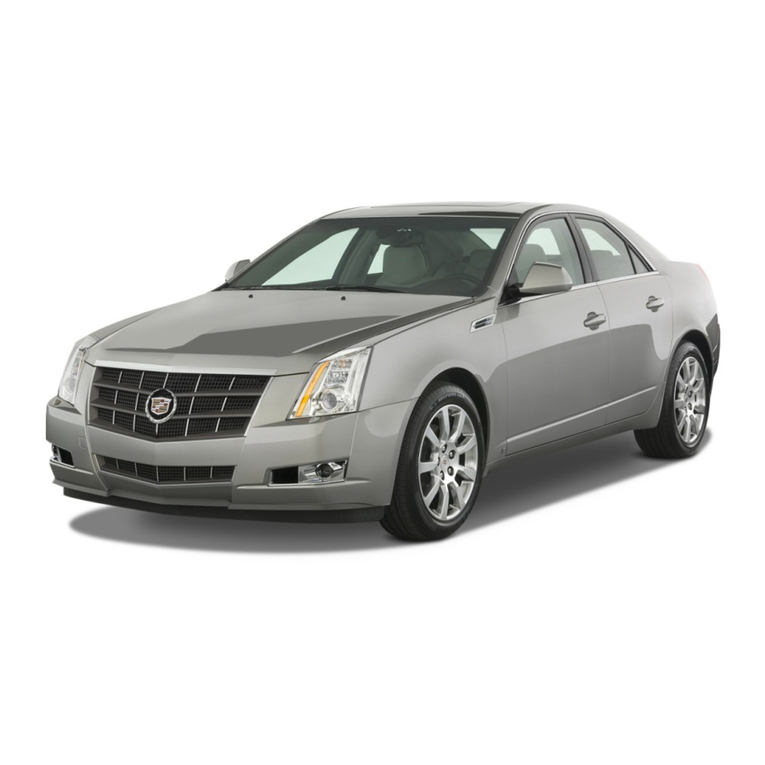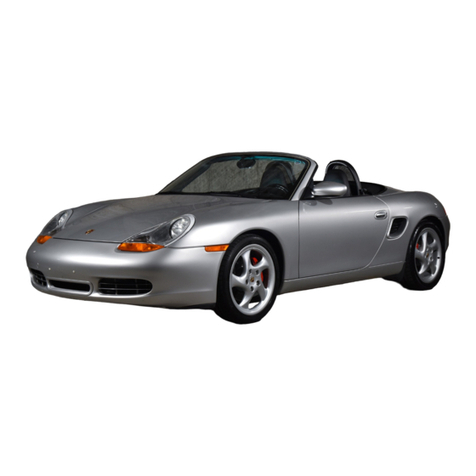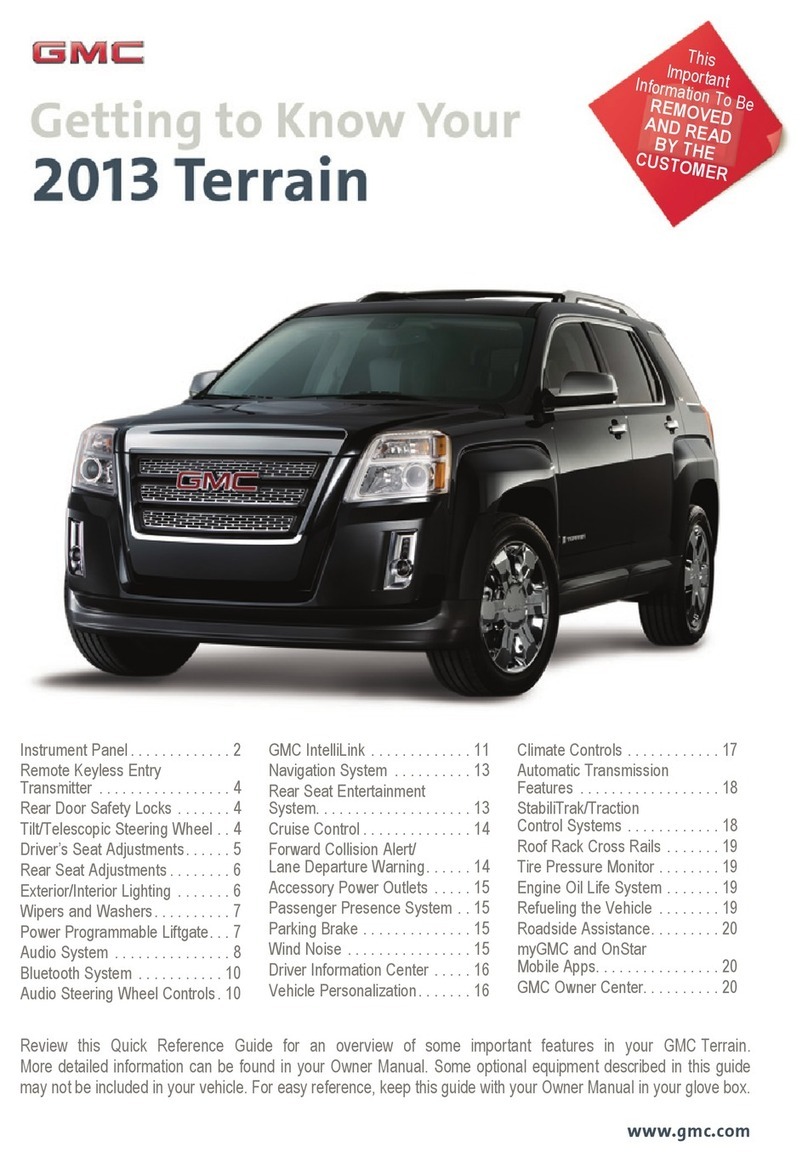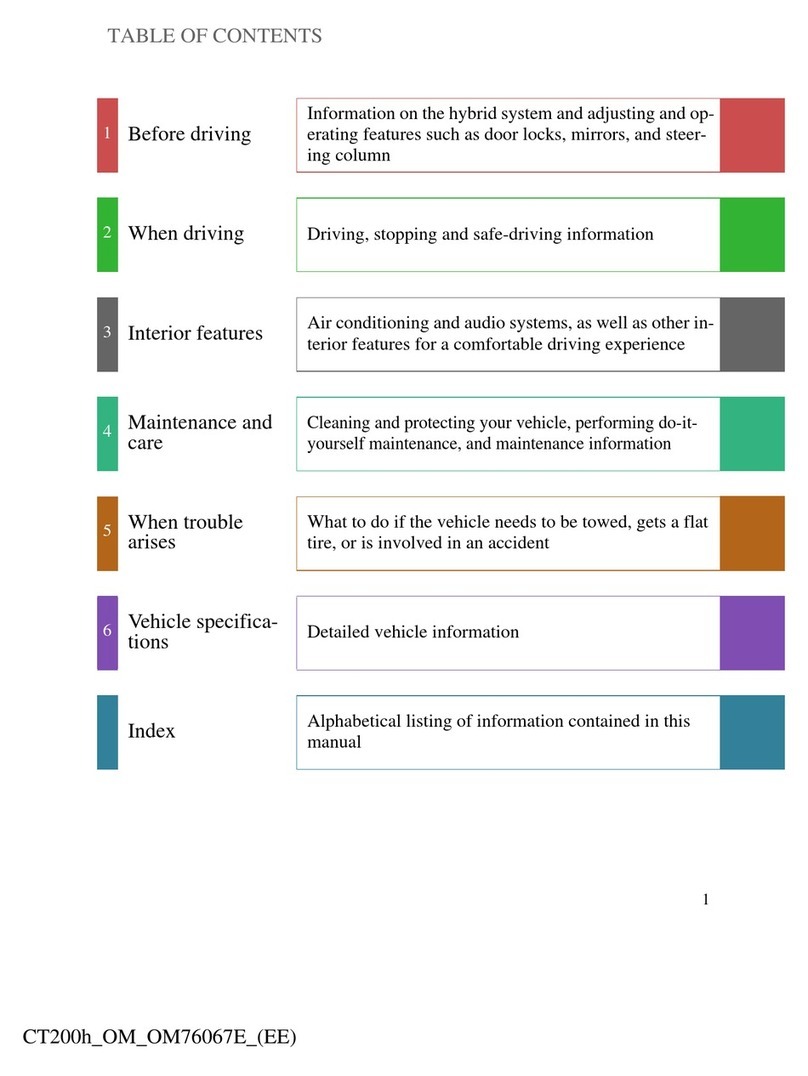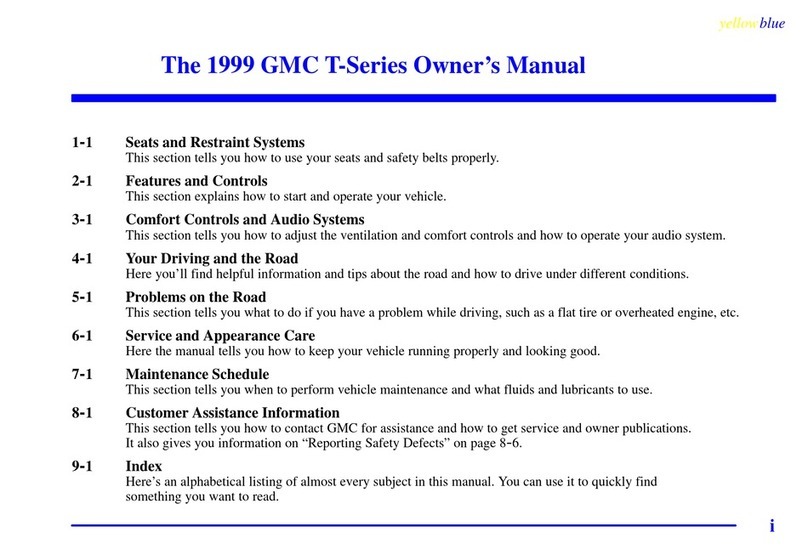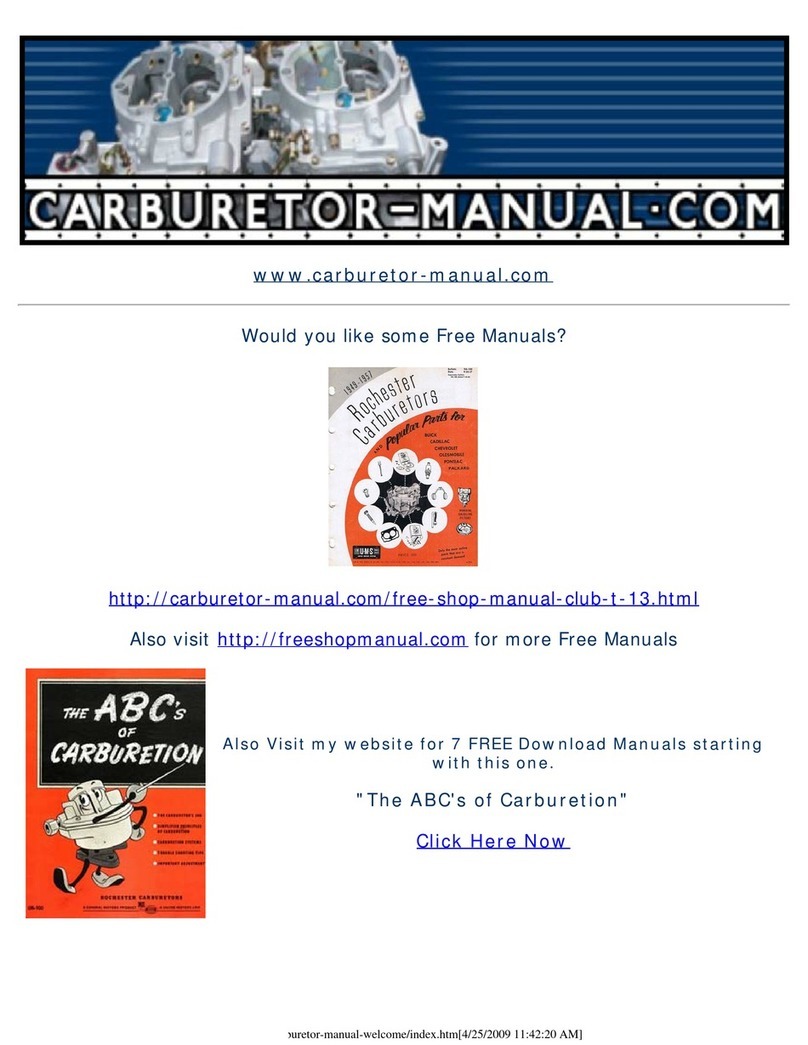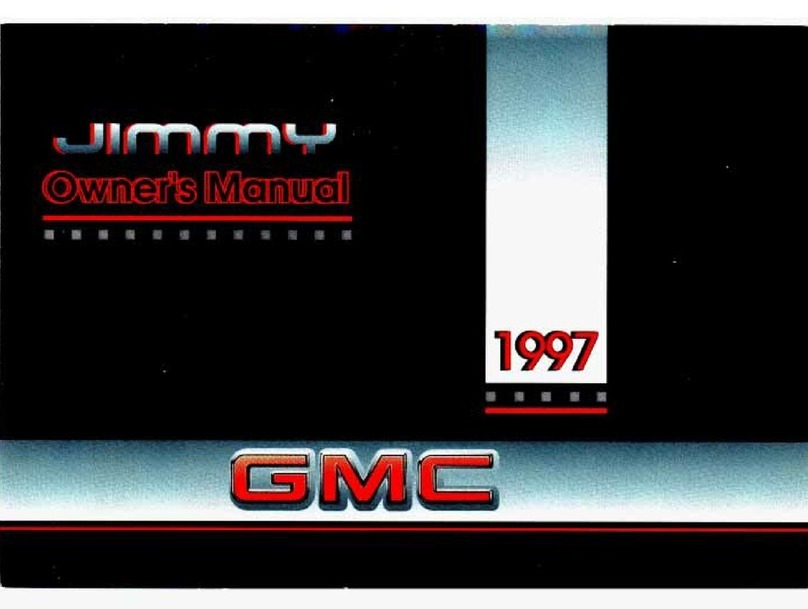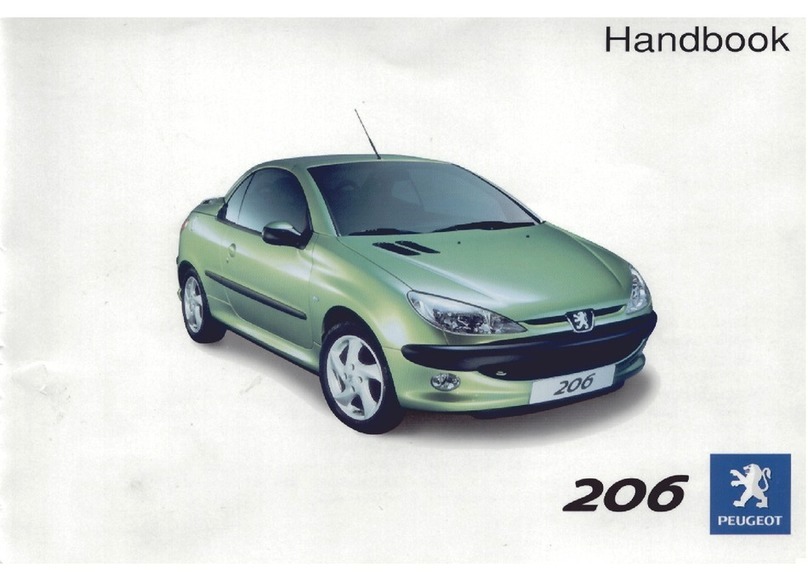
Th e con t r ol module continuou sly checks for elec-
trical pr oblem s, m echanical pr oblem s, a n d som e
hydraulic problems. When a pr oblem is sensed, t h e
control modu le st or es a dia gn ost ic trouble code.
Some of t hese codes ca u se t h e t r a n sa xle t o go into
Lim p-in or default mode. While in th is m ode, elec-
trical power is removed fr om t h e transaxle, de-
en ergizing the t r a n sm ission con t r ol r elay, and sole-
noid pa ck. When t h is ha ppens, the on ly t r a n sa xle
mech a n ica l fu n ction s a r e:
Park and Neutral
Reverse
Secon d Gea r
No upshifts or down sh ift s a r e possible. Th e posi-
tion of t h e m a n u a l valve alone allows t h e t h r ee
ranges t h at are a va ila ble. Although vehicle per for-
mance is seriously degr a ded wh ile in this mode, it
allows the owner t o dr ive t h e vehicle in for ser vice.
On ce t h e DRBIII#is in the Transmission portion
of the dia gn ost ic pr ogr a m , it consta n t ly monitors
the control modu le t o see if t h e syst em is in Lim p-in
mode. If the t r a n sa xle is in Limp-in m ode, the
DRBIII#will flash t h e r ed LED.
3.2.1 AUTOSTICK FEATURE (IF
EQUIPPED)
Th is fea t u r e a llows t h e dr iver t o manually sh ift
the transa xle wh en the shift lever is moved t o th e
AutoStick posit ion . Wh en in Au toSt ick mode, t h e
instrumen t clu st er displays t h e cu r r ent gea r.
3.2.2 TRANSMISSION OPERATION AND
SHIFT SCHEDULING AT VARIOUS
OIL TEMPERATURES.
Th e transmission covered in this manual h a s
uniqu e sh ift schedu les depen din g on t h e t emper a -
ture of t h e t ra nsmission oil. The shift sch edule is
modified to ext end t h e life of the tra n sm ission while
oper a t in g u n der ext r eme con dit ion s.
Th e oil tem perature is m ea su r ed with a Temper-
ature Sen sor on t h e 40/41TE transmission. Th e
Temper a t u r e Sensor is an integr a l componen t of t he
Transmission Range Sen sor (TRS). If the Tem pera-
ture Sen sor is fa u lt y, the transmission will defa u lt
to a calcula t ed oil t emper a t u r e. Oil t emper a t u r e
will t h en be ca lcu la t ed th r ou gh a com plex hea t
transfer equ a tion u sin g engine coola n t t emper a -
ture, batter y/a mbien t t emper a t u r e, and engine off
time. Th ese inputs a r e r eceived fr om t h e P CI bus
per iodica lly a n d u sed to in it ia lize t h e oil tem pera-
ture at st art u p. Once the en gin e is start ed, t h e
control module u pda tes t h e tra n sm ission oil tem -
per a t u r e based on t or que conver t er slip speed, ve-
hicle speed, gea r, and engine coolant tem perature to
det ermine an est im a t ed oil tem perature during
veh icle oper a t ion . Veh icles using calculated oil t em-
per a t u r e, ar e rea son a bly a ccu r a t e, during n or m a l
oper a t ion . H owever, if a tra n sm ission is overfilled, a
transmission oil cooler becom es restricted, or if a
customer dr ives a ggr essively in low gear, t h e ca lcu -
lated oil t emper a t u r e will be in a ccu r a te. Con se-
qu ently th e sh ift sch edule selected may be inappro-
priate for the curren t con dit ion s.
3.3 DIAGNOSTIC TROUBLE CODES
Dia gn ost ic t r ou ble codes (DTC’s) a r e codes st or ed
by th e P CM (NGC) or TCM (E ATX) depen din g on
application a n d h elp diagnose Tra n sm ission pr ob-
lems. They are viewed using the DRBIII#scan tool.
Alwa ys begin by per for m in g a visual inspect ion of
the wiring, connect or s, cooler lin es and t he trans-
mission. Any obviou s wiring problems or leaks
should be r epa ir ed pr ior t o performing any diagnos-
tic t est pr ocedur es. Some en gin e dr iveabilit y pr ob-
lem s ca n be misin t erpret ed as a transm ission prob-
lem . Ensure that the en gin e is ru n n in g proper ly
and n o en gin e DTC’s a r e pr esen t th a t cou ld cause a
transmission complaint.
If t h ere is a bu s comm un ica tion pr oblem , trouble
codes will not be accessible until th e bus pr oblem is
fixed. The DRBIII#will display an appropriate
message.
Each dia gn ost ic t r ou ble code is dia gn osed by
followin g a specific t esting sequen ce. Th e dia gn ost ic
test pr ocedures con t a in st ep-by-st ep instr u ct ion s
for deter m in in g the cause of a t ra nsmission diag-
nostic trouble code. P ossible sources of t h e code a r e
checked a n d eliminated on e by on e. It is n ot n eces-
sary to per for m a ll of t h e test s in t h is book to
diagnose an individual code. These t ests a r e based
on the pr oblem being pr esen t a t t he time t h a t t h e
test is run.
All testing should be done w ith a fully charged
ba tt e ry.
If the control modu le r ecords a DTC th a t will
adver sely affect veh icle emissions, it will r equ est
(via the communication bu s) t h a t t h e P CM illum i-
nate the Ma lfu n ction Indicat or La m p (MIL). Al-
though t h ese DTC’s will be st or ed immedia tely a s a
1 trip fa ilu r e, it m a y take u p t o five minutes of
accumulated t r ou ble confirmation set the DTC and
illuminate the MIL. Three con secutive successfu l
OBDII (E URO STAGE III OBD) t r ips or clearing
the DTC’s with a dia gn ost ic t ool (DRBIII#or equ iv-
alent) is required to extinguish the MIL. When the
Transmission Con t r ol system r equ ests that the
PCM illuminate the MIL, the PCM sets a DTC
P0700 ($89) to a lert the tech n icia n t h a t t h ere are
DTC’s in t h e Tra n sm ission Control System . You
must also erase the DTC P0700 in the PCM, in
order t o extinguish the MIL.
2
GENERAL INFORMATION
